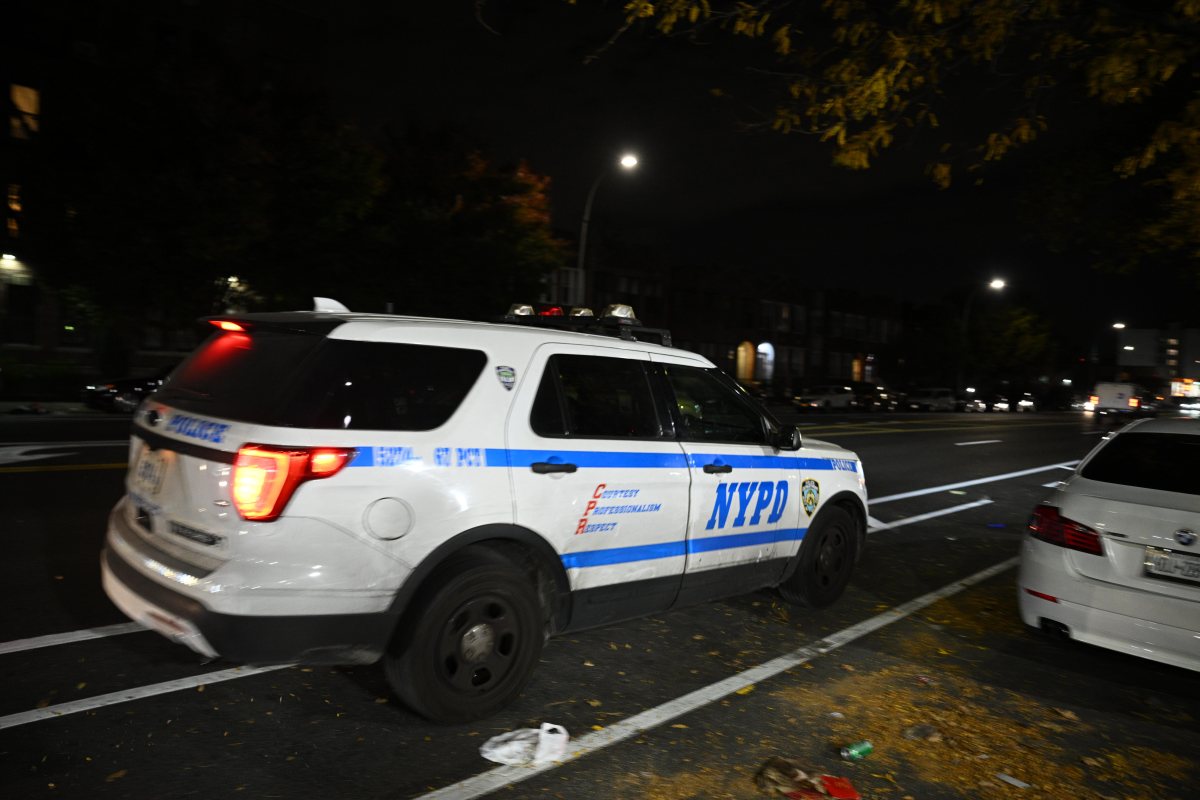An extensive health report released Wednesday paints a detailed picture of the health of the Big Apple and Manhattan has come out on top.
The annual survey conducted by the University of Wisconsin and the Robert Wood Johnson Foundation ranked the borough at 11 out of the state’s 62 counties when it comes to “health outcomes,” which weighs length and quality of life through factors such as health care access, education and crime.
Queens came in at 17, Staten Island at 26, Brooklyn at 52, and the Bronx dead-last in the state at 62.
Health experts say the report’s data demonstrates New York is making progress in improving the overall quality of life, even with the Bronx’s showing, and bucking adverse health trends in other parts of the country.
“New York City has gone from being one of the least healthy cities in the country to the most healthy city in the country over the last 20 years, but it’s also become for people who have lived here long, a safer place to live,” said Peter Muenning, a public health professor at Columbia University’s Mailman School of Public Health.
Kate Konkle, associate researcher with the University of Wisconsin, who helped to write the report, said commute length, access to nutritious food and the availability of affordable housing are important and often less widely-emphasized factors in considering an overall health picture.
“What we really want counties to think about is real health is more than just the doctor’s office,” she said.
Konkle and her team used data from various national resources such as the U.S. Census and the Centers for Disease Control for the study.
When it came to New York City, Konkle said Manhattan has always edged out the other boroughs because of its abundance of health-related resources, such as medical facilities and open spaces. However, she noted that the stats didn’t mean the other boroughs were failing when it came to providing proper quality of life.
In fact, they’re doing better than other parts of the country.
For example, the percentage of uninsured is 17% nationally but 16% in the Bronx, 15% in Brooklyn, 11% in Manhattan and 10% in Staten Island. Queens was the only borough with an uninsured population higher than the national average, at 19%, according to the report.
In addition, the U.S. average percentage of citizens who have access to locations for physical activity is 61% but all the boroughs have it higher than 95%.
The city’s health department said it has taken the data very seriously and has made a concerted effort to improve things in poorer neighborhoods.
Assistant Health Commissioner Jane Bedell said that the Bronx, in particular, is victim of years of low investment in quality-of-life programs, and its rebound, while underway, will take more time to come into focus.
The #not62 initative, Bedell noted, has pushed for neighborhood health fairs in the Bronx and distributed literature warning teens about the dangers of sugary drinks. The initiative helped to earn the borough the RWJF Culture of Health Prize last year.
“It’s a pretty amazing effort to be a part of. People are taking the data seriously and trying to find ways to improve it,” Bedell said.
Bronx Borough President Ruben Diaz Jr. said that public-community partnerships have spanned a wide range of quality-of-life areas.
“We have been avid supporters of projects such as working with local bodegas to offer healthier options and encouraging ‘going green’ in our newer developments in an effort to improve the air quality,” he said in a statement.
Bedell said the city has more work ahead for the areas that need health improvement and has some potential solutions in the works for this year including a neighborhood action center in the Bronx. She added that the Health Department will continue its collaboration with other agencies such as the Department of Education and Transportation Department to promote health-oriented programs such as the pedestrian safety “Vision Zero” initiative.
“The main thing to say is this can’t be a one agency endeavor.” she said.
Muenning hailed New York’s focus on improving the quality of life for its residents, amid some significant challenges.
“There are very few cities that compare to New York. New York has made huge investments and creative ones,” he said.



































